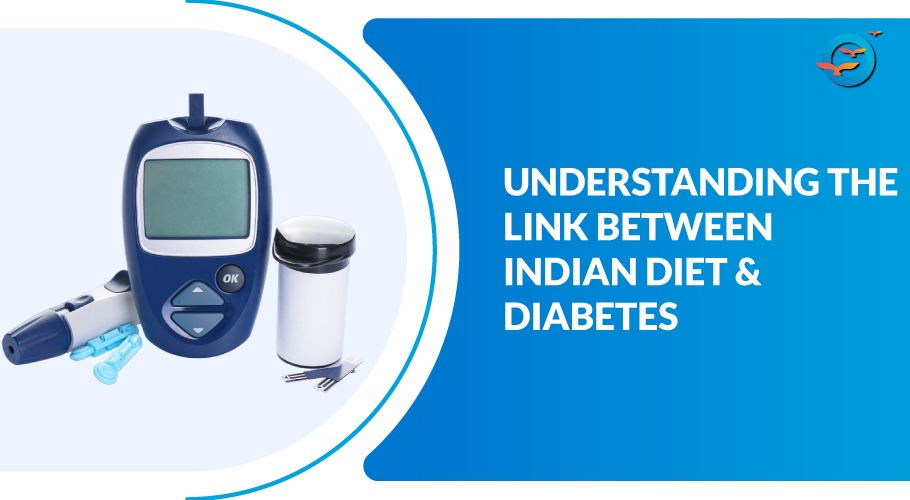Unravelling the Connection: Exploring Why the Indian Diet May Pave the Path to Diabetes

Introduction:
In recent years, there has been a growing concern over the rising prevalence of diabetes in India. One factor that has come under scrutiny is the traditional Indian diet. While it is rich in diverse flavors and culinary delights, there is a pressing need to understand how certain dietary habits might contribute to the alarming increase in diabetes cases across the country.
1. High Carbohydrate Intake:
One prominent aspect of the Indian diet is its reliance on carbohydrates, particularly in the form of rice, wheat, and other grains. Consuming an excess of refined carbohydrates can lead to elevated blood sugar levels, increasing the risk of insulin resistance—a precursor to diabetes.
2. Processed and Sugary Foods:
The rapid urbanization and globalization of India have brought about a shift in dietary habits. The increased consumption of processed foods, snacks, and sugary beverages has become a cause for concern. These items not only contribute to weight gain but also spike blood sugar levels, contributing to the diabetes epidemic.
3. Lack of Dietary Fiber:
Traditional Indian diets often lack sufficient dietary fiber, which plays a crucial role in regulating blood sugar levels. A deficiency in fiber can lead to faster digestion and absorption of sugars, causing abrupt spikes in blood glucose.
4. Unhealthy Cooking Methods:
The methods of cooking also play a vital role. Deep-frying and excessive use of oil in traditional Indian cooking can lead to a higher intake of unhealthy fats. This, coupled with a lack of emphasis on healthier cooking methods, contributes to weight gain and insulin resistance.
5. Genetic Predisposition:
Beyond dietary factors, there is a genetic component to diabetes risk. Indians, in general, are more susceptible to developing diabetes due to genetic factors that affect insulin sensitivity. The combination of genetic predisposition and dietary habits creates a perfect storm for the onset of diabetes.
6. Sedentary Lifestyle:
The traditional Indian lifestyle, which once involved physical activities like walking and manual labor, has seen a shift towards a more sedentary way of life. As people engage less in physical activities, the risk of weight gain and insulin resistance increases.
Conclusion:
While the Indian diet is rich in culture and flavor, it is crucial to recognize its potential role in the diabetes epidemic. Implementing dietary modifications, promoting healthier cooking methods, and encouraging a more active lifestyle are essential steps in addressing this public health concern. By raising awareness and fostering lifestyle changes, we can work towards a healthier, diabetes-resistant India.
Freedom from Diabetes' dietary guidelines primarily emphasize the 25% formula, urging participants to choose an equal proportion of grains, vegetables, pulses, and salads while reducing the percentage of grains in their meals. Additionally, we advocate opting for only one type of grain at a time, a practice that has yielded remarkable results in reversing diabetes. The achievement of a success count exceeding 15,000 serves as a testament to the effectiveness of our protocol.
Feel free to attend the introductory Discover Reversal Session to gain insights into the diabetes reversal process. You are also welcome to join our flagship program, the annual Holistic Transformation Program, designed for diabetes reversal.
Comprehend the principles, make suitable adjustments, and embark on a journey towards a healthy, diabetes-free life!

